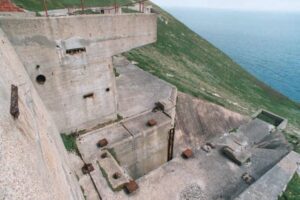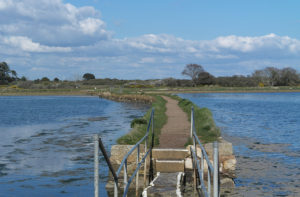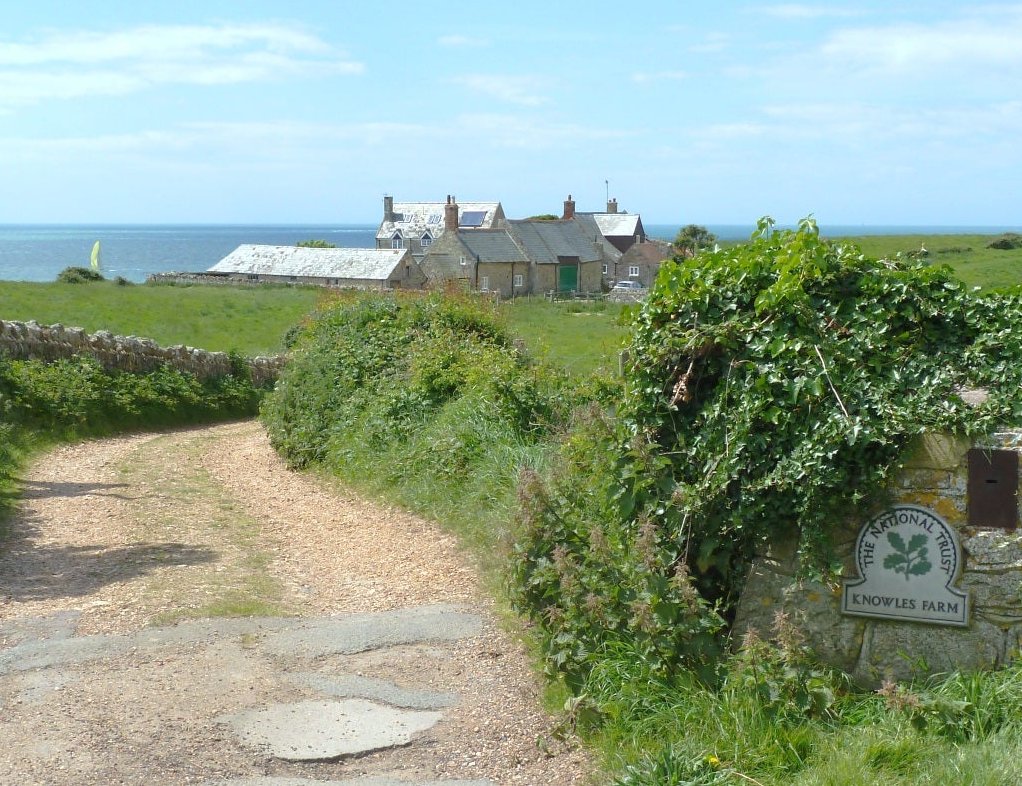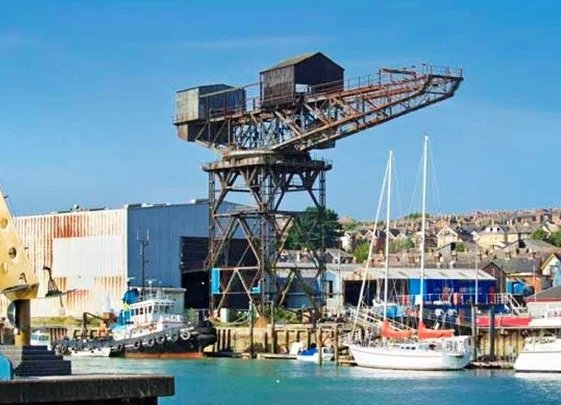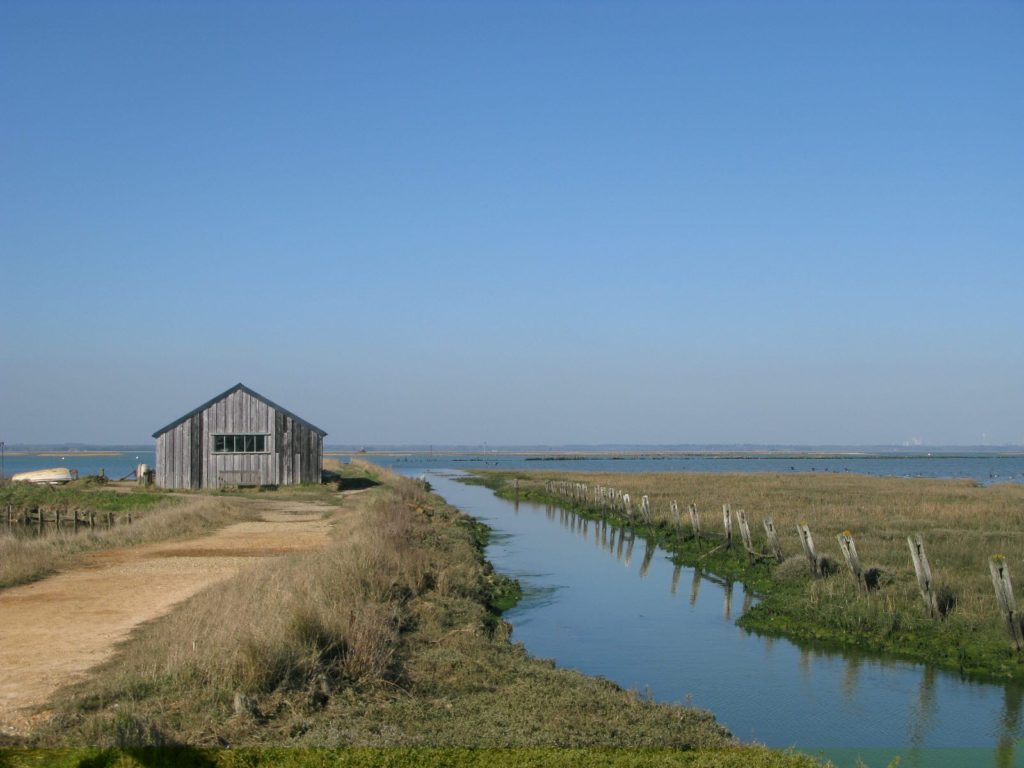There are many examples of past industry and innovation on the Isle of Wight and they are not well documented. Here are five examples that we find significant.
The Needles Rocket Launch site
The Rocket Launch Site, located near The Needles, is a fascinating piece of British aerospace history. During the 1950s and 1960s, this Island site was at the forefront of rocket testing, playing a pivotal role in the development of the Black Knight and Black Arrow rockets. These rockets were instrumental in advancing the UK’s space exploration efforts, with the Black Arrow successfully launching the Prospero satellite in 1971—the only British satellite to be launched on a British rocket. While the original facilities have been decommissioned, remnants of the testing infrastructure remain, now managed by the National Trust, providing a tangible connection to this remarkable chapter in aerospace history.
Tidal Mill at St Helens
A short walk from the car park in the centre of St Helen’s village to the water’s edge brings you to the site of this
historic mill. From about 1780 until 1930 there was a water mill here, which obtained its power from the head of water created by tidal movements, to grind corn. The incoming tide was collected and held within ponds enclosed by two masonry causeways with sluices in each to control the movement of the water. Careful use of the sluices regulated the outflow through the mill to maximise the time the mill could be operated on each tide. The inner causeway is still intact and provides a pleasant walk to the Duver.
Marconi’s Knowles Farm
On the Island Marconi is more usually associated with the Needles but this unassuming farmhouse near Niton at the southernmost point of the island, just to the west of St Catherine’s Lighthouse, was the scene of two remarkable discoveries which lay the foundations for modern telecommunications. In January 1901 Marconi successfully transmitted a signal from here to Lizard Point in Cornwall 196 miles away, proving that radio waves could follow the curvature of the earth, leading to the first transatlantic transmission later that year. Also at the farm Marconi developed the vital science of tuning, enabling multiple wireless signals to be separated without interference. You can still see the concrete base of his mast alongside the farmhouse. Park at the end of the public access road to St Catherine’s lighthouse.
Cowes Hammerhead Crane
The impressive Cowes Hammerhead Crane was erected in 1912 and was pivotal in shipbuilding and heavy engineering, particularly during the two World Wars. Its 80-ton lifting capacity played a critical role in constructing naval vessels and aiding Britain’s war efforts. Today, it is one of the few remaining hammerhead cranes in the world. The crane is not accessible for close-up visits but can best viewed from East Cowes Esplanade on the other side of the Medina, here you will have an unobstructed view of the crane, perfect for photographs or quiet reflection on its historic significance.
Salt Pans at Newtown
During the medieval period, Newtown was a thriving port and a hub for salt production, which was a highly valuable commodity at the time. The salt pans were located in the marshy areas around Newtown Creek, where seawater was collected and evaporated to extract salt. Today you can see the remains in Newtown Nature Reserve where the two square ponds near the black hut were saltpan feeder ponds. The ponds were flooded at high tide, then the water was let out over the saltpans next to them. The water then evaporated to produced a muddy crust of salt. This was boiled in large iron pans in a salt house, where the remaining water was turned to steam leaving only salt crystals which could be scooped off, packed, and stored or sold.
Accommodation on the Island
All of these sites are readily reached from our accommodation in Ventnor. There range from the houses: Bermuda House (sleeps 10) and Gills Cliff House (sleeps 7) to our apartments: Beach View Apartment and High Street Suites 3.
